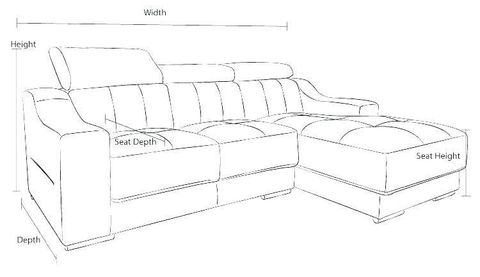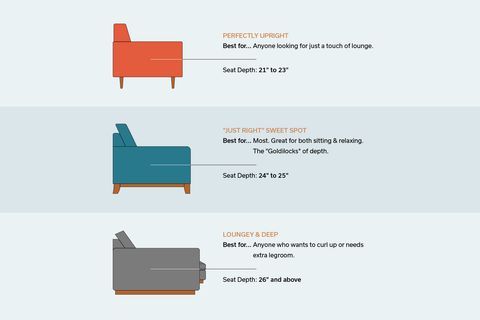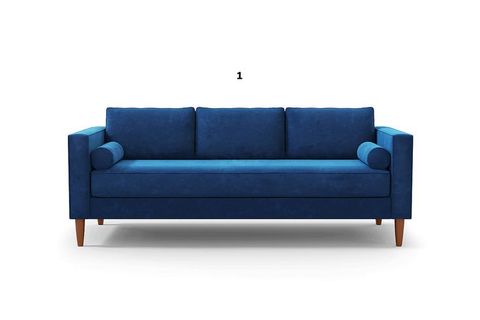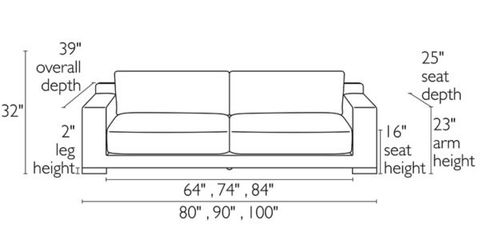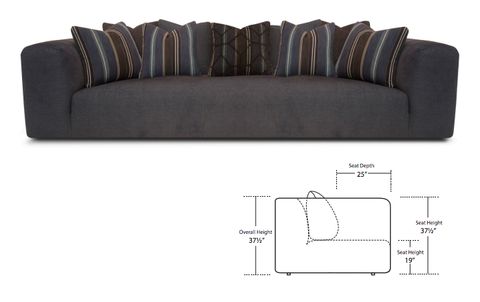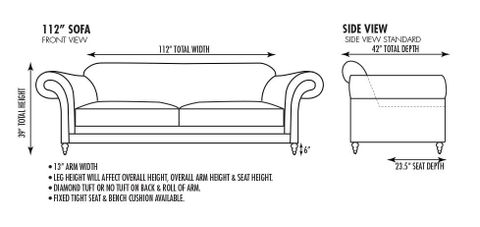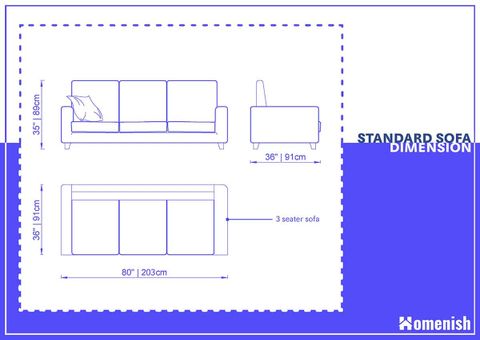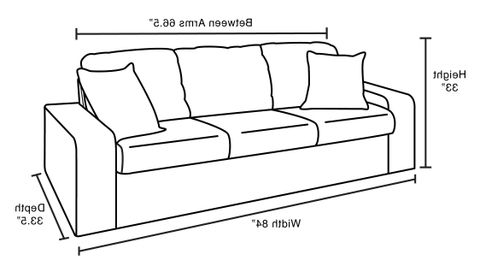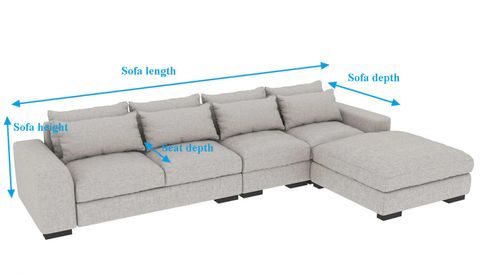Have you ever wondered why some sofas feel like clouds while others leave you feeling uncomfortable after just a few minutes? The answer lies not in the fabric or frame, but in something much more subtle – the construction of those cushions that cradle your body. It’s easy to take sitting comfort for granted until you experience a well-crafted cushion versus one that’s poorly made. What if we told you that understanding how these cushions work could transform your daily sitting experience?
Sofas are more than just furniture – they’re daily companions that shape our comfort and well-being. Whether you’re reading a book, watching television, or simply relaxing after a long day, the quality of your sofa’s cushioning plays a crucial role in how you feel. But what exactly makes a cushion supportive and comfortable? Is it all about the amount of stuffing? The type of foam used? Or is there something more intricate happening beneath the surface? These questions have puzzled many of us who spend countless hours on our favorite seats. Let’s dive deep into the world of sofa cushion construction to understand how each element works together to create that perfect sitting experience.
The Foundation: Foam Core Technology
At the heart of every good sofa cushion lies its foam core. This isn’t just any ordinary foam – it’s engineered specifically for comfort and durability. Memory foam, polyurethane foam, and high-density foam each serve different purposes in creating that ideal sitting feel. Memory foam responds to body heat and pressure, slowly conforming to your shape over time. Polyurethane foam offers a bouncier feel and is often used in areas that require quick recovery. High-density foam provides firm support and longevity. The thickness of the foam core directly impacts how much cushioning you get. A thin layer might feel too firm, while an overly thick one can make you sink too deeply. Consider this: a 3-inch high-density foam core might provide excellent support for someone who needs back relief, while a 6-inch memory foam layer might be perfect for someone who loves to lounge. The secret is finding the right balance between support and comfort that suits your individual needs.
The Layered Approach: Building Better Support
Think of sofa cushion construction like building a house – you wouldn’t put the roof on before the foundation, right? Similarly, manufacturers layer their cushion materials strategically. The bottom layer typically consists of a firmer material that provides structural support. This base layer prevents the cushion from collapsing under your weight and maintains its shape over time. Above this, softer layers offer the plush comfort you desire. These layers often vary in density and firmness to create a gradient effect. Imagine walking up a staircase – each step gets slightly softer as you reach the top. That’s essentially how layered cushioning works. The first layer might be dense and supportive, the second layer slightly softer, and the third layer providing the final comfort. This approach ensures that your body receives proper support where it needs it most, whether that’s your lower back, hips, or shoulders. The strategic placement of these layers creates a more personalized seating experience that adapts to your unique sitting posture.
Filler Materials and Their Impact
Beyond the foam core, many cushions incorporate additional filler materials to enhance comfort. These can range from polyester fibers to down alternatives, each bringing its own characteristics to the seating experience. Polyester fillers are popular because they’re affordable, durable, and easy to maintain. They offer consistent support and don’t compress as quickly as some alternatives. Down or down-alternative fillings provide a luxurious, cloud-like feel that’s particularly appealing for lounging. However, they require more maintenance and may not be suitable for everyone, especially those with allergies. Some manufacturers combine multiple materials to achieve the best of both worlds. For instance, a cushion might feature a foam core with a polyester outer layer that adds texture and support. The key is understanding how these materials interact with each other and how they affect the overall feel of the seat. When shopping for a new sofa, pay attention to what fillers are used and how they’re distributed throughout the cushion structure.
Density Matters: How Firmness Affects Comfort
Density refers to how heavy a cubic foot of foam material is, measured in pounds per cubic foot. This measurement directly influences how firm or soft a cushion feels and how long it will last. Higher density foams tend to be more durable and supportive, while lower density foams offer a softer, more yielding feel. But here’s where it gets interesting – the relationship between density and comfort isn’t always straightforward. A 3-pound density foam might feel too hard for some people, while a 5-pound density might be perfect for others. It all depends on how the foam is used within the cushion design. Consider this example: a sofa with a 4-pound density foam core might provide excellent support for someone who sits upright frequently, while a 3-pound density might be better for someone who prefers to recline. The density must align with both the intended use of the sofa and the preferences of the user. Many people assume that higher density automatically means better comfort, but that’s not always the case. It’s about finding the right density for your specific sitting habits and physical needs.
Cushion Shape and Contour Design
Not all cushions are created equal when it comes to shape and contour. The way a cushion is cut and shaped significantly impacts how well it supports your body. Traditional rectangular cushions offer general support, but they might not accommodate your body’s natural curves. Contemporary designs often feature contoured edges or specific shapes designed to cradle different parts of your body. For example, a curved back cushion can help support your upper back and neck, while a wider seat area might be better for people with broader hips. The edge treatment of cushions also matters – some have reinforced edges that prevent them from collapsing outward, while others have softer edges that create a more inviting, rounded feel. The shape and contour of a cushion influence not just comfort but also how long you’ll stay seated. A well-designed cushion encourages good posture and makes you want to linger longer, rather than feeling like you need to move around constantly.
Maintenance and Longevity Considerations
Understanding how a cushion is constructed helps you predict how long it will last and how to care for it properly. Different materials age differently, and some are more forgiving than others when it comes to wear and tear. Foam cores generally offer the longest lifespan, especially when they’re made with high-quality materials. The construction method also plays a role – a well-sewn cushion with secure attachments will hold up better than one that’s loosely assembled. Fabric choices affect maintenance requirements as well. Some materials are easier to clean and maintain than others, and this can impact how well your cushions retain their shape and comfort over time. Regular fluffing and rotation of cushions can extend their life significantly. Consider investing in removable covers that can be washed separately, as this allows for better maintenance of the underlying cushion structure. The right construction means your sofa won’t just look good – it will continue to provide comfort for years to come.
The next time you settle into your favorite chair or sofa, take a moment to appreciate the engineering that goes into creating that perfect sitting experience. From the foam core to the layered construction, from the choice of fillers to the careful consideration of density, every element contributes to how comfortable and supportive your seat really is. Understanding these fundamentals doesn’t just make you a more informed consumer – it empowers you to make better decisions when selecting furniture that will serve you well for years to come. Whether you’re looking for a spot to relax, a place to work, or simply a comfortable space to unwind, the construction of those cushions matters more than you might think. The investment in quality cushion construction pays off in daily comfort, better posture, and ultimately, a healthier sitting experience. So remember, the best sofa isn’t just about looks – it’s about the thoughtful construction that makes sitting feel effortless and enjoyable.

